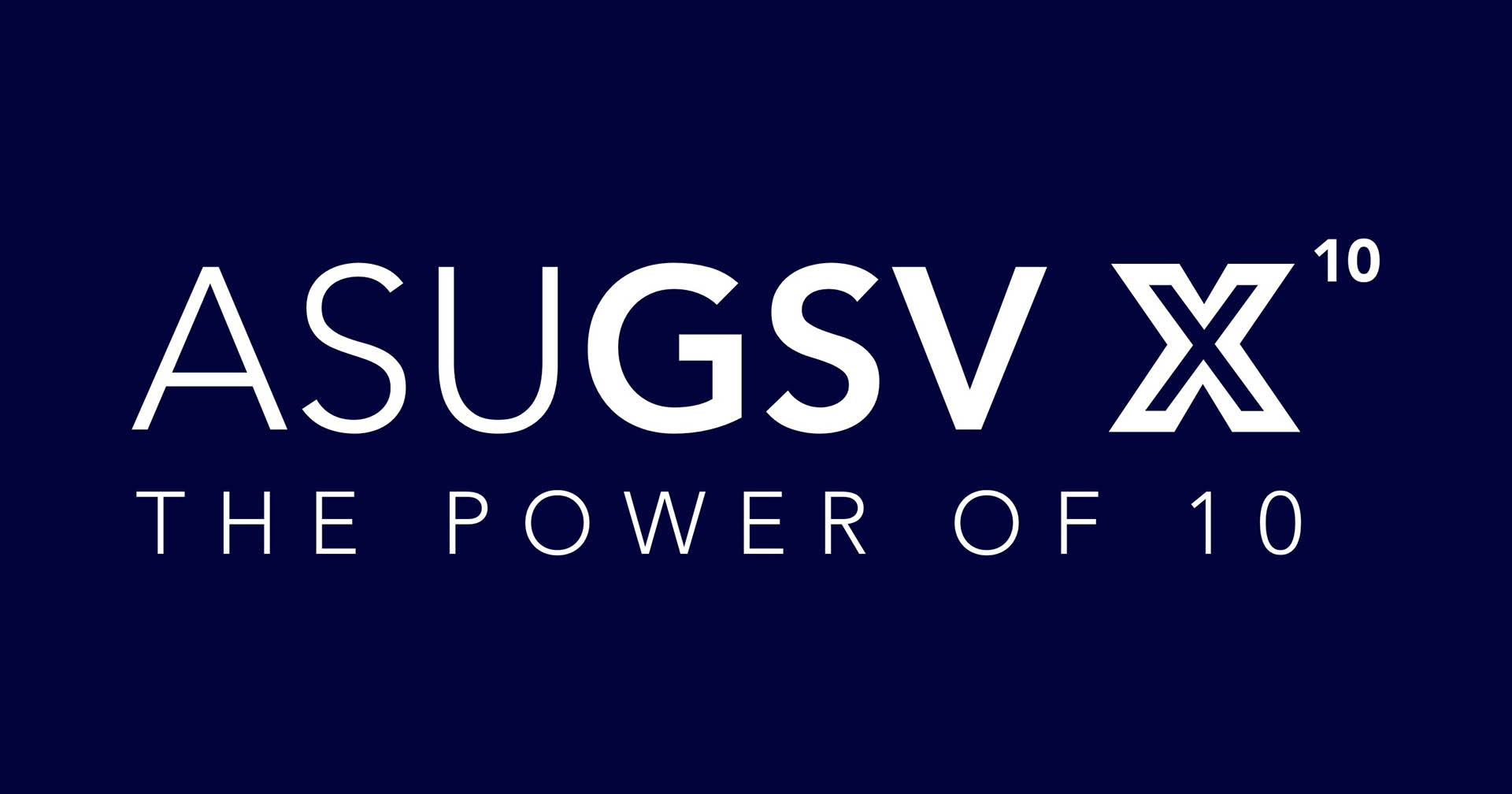Last month, more than 4,500 leaders in the education and workforce innovation sector met in San Diego for the annual ASU GSV Summit. The Summit which is one of the most important and impactful convenings in our industry — celebrated its 10th anniversary with speakers including Priscilla Chan, Tony Blair, Michael Horn, and our very own COO, Anne Kubek.
When you gather such a large group of passionate and engaged people in one place, all looking to solve big audacious problems, you end up generating a high volume of ideas and creative solutions across three marathon days together. With the conference behind us and a couple of weeks to digest the experience, here are our top three takeaways:
Decision-making without the right data hinders innovation
Higher Ed institutions possess an enormous amount of student data dating back decades, but many institutional leaders are challenged with finding the right data to integrate into their decision making processes. Rigorous capture and review of the underlying data is crucial to understanding what is and is not working across the operation of an institution, yet many schools share that they either don’t have access to the right data, or haven’t discovered how to make the best use of the data they do have at hand. When leaders are able to identify specific metrics that correlate to student outcomes, innovations such as predictive analytics can be employed as one method to help identify at-risk students as well as the casual behavioral patterns that lead students to drop out. When utilized optimally, this type of approach can reveal gaps in specific programs and student services, as well as serving to improve both retention and graduation rates in the long run.
Reevaluating the higher education ecosystem
The Higher Ed ecosystem is evolving rapidly and many schools are simply not structured to effectively manage the increasing rate of change; they need additional support systems in order to successfully navigate the transition to a knowledge economy. Technology has fully penetrated the Higher Education space (as well as the future of work) in full force, and new jobs have evolved requiring new core competencies. Tackling these challenges can be demanding for the industry as a whole, but even more so with competitiveness between institutions. New Ed-tech companies are emerging every year to help universities become future ready; that said, the ecosystem still creates many barriers that make it difficult for new companies to succeed in providing the support they need.
Completion with a purpose
As a student, how many times did you ask yourself “when am I ever going to use this?”. While many of the math assignments that haunted our college experience have since proven to be useful later in life, fitting academic paths to jobs post-graduation was a huge topic of discussion across the Summit. What can be done to make sure the degree students earn at your university will not only be valuable on paper, but also attractive among prospective employers today and in the future?



